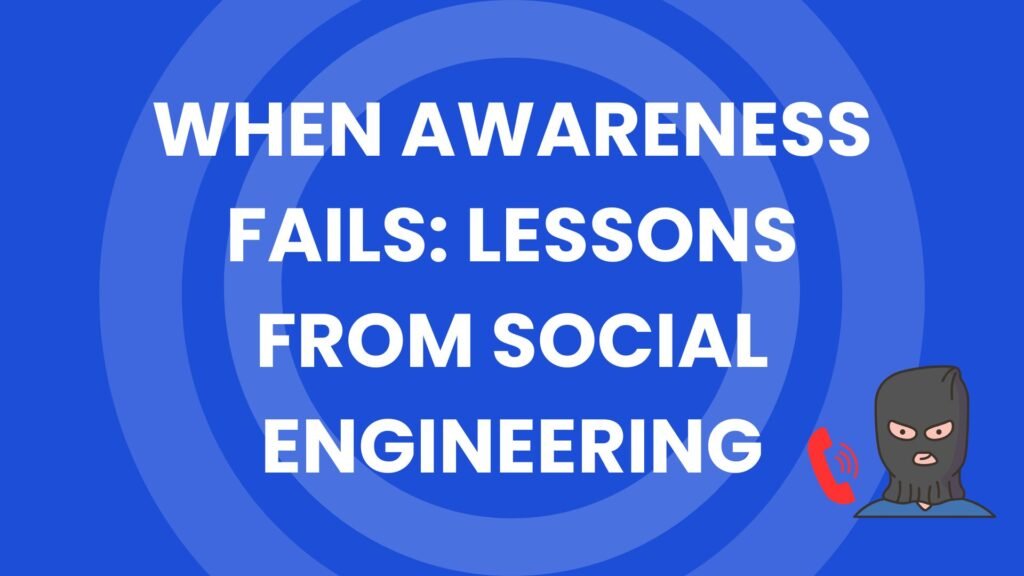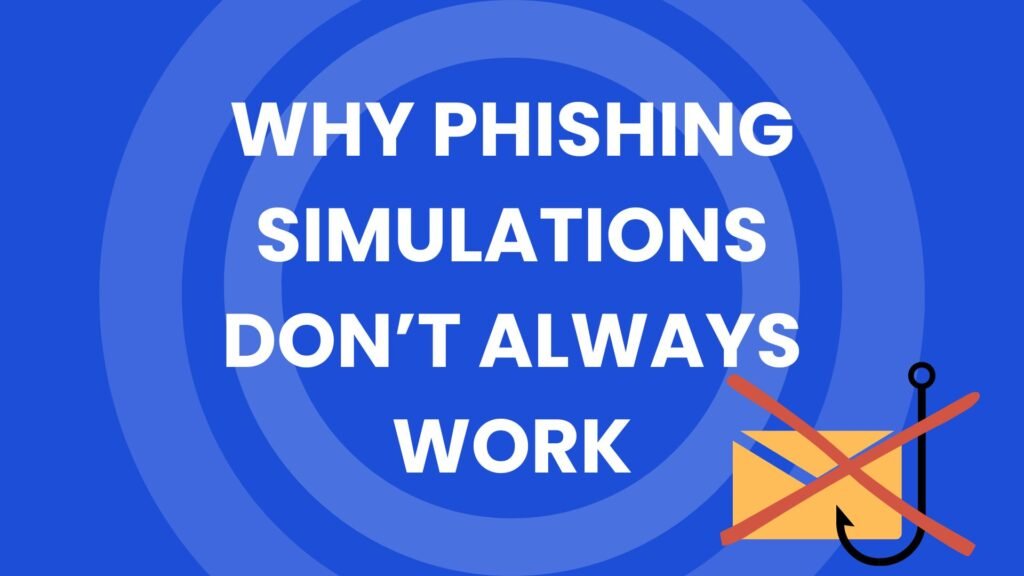Phishing simulations are like pop quizzes—nobody really likes them, but they seem like a good idea to keep us sharp, right? Well… yes and no. While phishing simulations can be helpful, they aren’t always the ultimate solution for building a security-savvy team. Let’s look at a few reasons why these tests might fall short, and what else we can do to keep everyone on their toes.
The “Gotcha!” Factor Isn’t Always Productive
Let’s be honest—nobody likes being tricked. When employees find out they’ve been “phished” by a simulation, it can feel more like a trap than a learning experience. Some might think, “Great, I got tricked again!” instead of actually learning how to spot phishing attempts. After all, if people feel like they’re just waiting to be “caught,” it might discourage open discussions about real phishing risks.
Real Phishing Attacks are Way More Sophisticated
Simulated emails can only go so far. The reality? True phishing attacks can be much sneakier and more convincing than simulated ones. Real scammers put time and research into making their emails look personal and urgent. So, while simulations cover the basics, they sometimes fail to prepare people for those more targeted, professional-looking attacks (think emails with real names, job titles, or specific company details).
Simulations Don’t Address the “Why” Behind Phishing Risks
Phishing simulations are great at saying, “Don’t click!” but they rarely explain why phishing is dangerous in the first place. When people understand the actual risks—like stolen data, compromised accounts, and even financial loss—they’re more likely to take phishing seriously. A good training approach should cover more than just the “don’t click”—it should explain the real impact.
It’s Not One-Size-Fits-All
Not everyone learns the same way. Some team members might learn better with interactive training sessions, videos (like the ones we offer😉), or group discussions rather than a pop-up email test. Phishing simulations work for some, but they may leave others feeling frustrated or confused. By adding other training options, you can reach people in the way that’s most effective for them.
The Real Goal? Building a Security-First Mindset
The ultimate goal of security training isn’t to trick people but to help them adopt a security-first mindset. This means encouraging everyone to take a beat before clicking any link, question strange requests, and talk openly about phishing attempts. Simulations alone can’t build this kind of culture, but combining them with awareness training, regular discussions, and clear communication on why security matters makes a big difference.
Don’t Rely on Simulations Alone
Phishing simulations aren’t useless, but they’re only part of the picture. By combining simulations with other training methods—like short videos, interactive discussions, and real-world examples—we can create a stronger, more resilient security culture. After all, it’s about more than just catching people off guard; it’s about empowering everyone to stay safe online.





